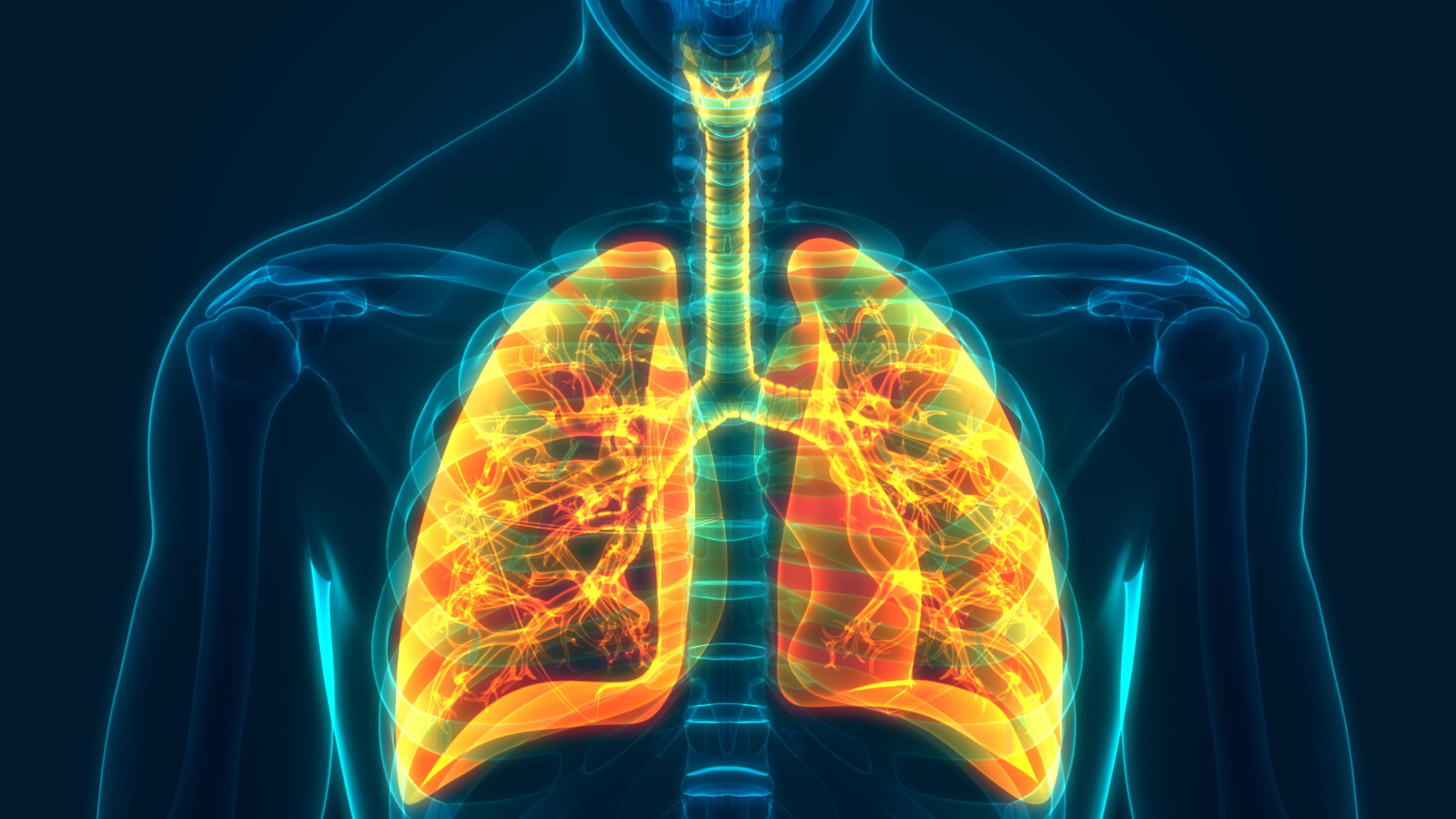This is the fifth blog in a new series that introduces the major systems in the human body. In this blog, we’ll cover the respiratory system.
The role of the respiratory system is to help the body take in oxygen and remove waste.
The respiratory system consists of 2 portions: a conducting portion and a respiratory portion. The functions of the conducting portion include conducting, filtering, humidifying, and warming air. The conducting portion starts at the nasal cavity (space inside the nose) and ends at the terminal bronchioles. The respiratory portion is where gas exchange occurs. Respiratory bronchioles mark the start and alveoli (tiny air sacs) mark the end of the respiratory portion.
Alveolar macrophages are cells in the respiratory system that surround and destroy inhaled particles. They constantly pass up the respiratory system in the mucus. You can dispose of them by swallowing or coughing.
The lungs make surfactant, which is a substance that lowers surface tension and thereby prevents alveoli from collapsing at the end of exhalation.
Lung capacity decreases with age. However, there are steps you can take to stay healthy for as long as possible. Some of these steps include preventing infections, not smoking, eating a healthy diet, and exercising regularly.
The Boom Health app allows users to book registered nurses, personal support workers, and personal care services, schedule transportation, order prepared meals, rent or purchase medical equipment, and get emergency assistance. Download the app from the App Store or Google Play Store.
This article is not intended to be a substitute for professional medical advice or diagnosis. Always seek the advice of your physician or another qualified health provider with any questions you may have regarding a medical condition.





